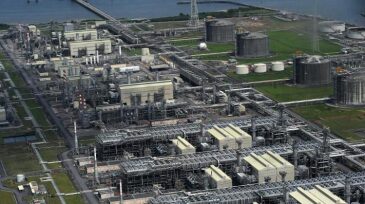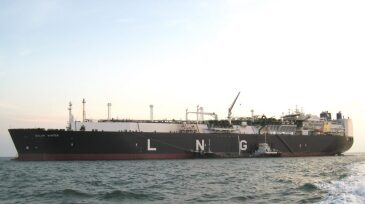LNG
-
Three companies are collaborating to develop the equipment needed to make LNG a feasible alternative fuel for ship owners and operators.
-
With new projects scheduled to come on line later this year, the region, which mostly comprises states along the US Gulf Coast, will shift from being a source of natural gas supply to a source of growing demand.
-
The US Army of Corps of Engineers pulled the permit application after the company requested an extension on a review deadline for the project, which could accommodate up to 6 million tons of LNG production annually.
-
KBR will head a joint venture with TechnipFMC and JGC to provide a basic design package and EPC bid for the Bonny Island expansion.
-
With interest in FSRUs and FSUs picking up, the conversion of LNG carriers offers a fast route to operational availability.
-
The head of US regulatory commission said that it has been working on "streamlining" the application process this year, and that details of a revised process should be available soon.
-
Mozambique Rovuma Venture submitted the development plan for the first phase of the project, which will produce, liquefy, and market natural gas from the Mamba fields located in the Area 4 block offshore Mozambique. An FID is scheduled next year, with production expected to begin in 2024.
-
The $1.5-billion deal delivers a world market share of 10%, including a 16.6% stake in the US Cameron LNG project.
-
The oil and gas industry has vastly accelerated the pace of approving investments for new projects over the past 18 months. New facilities worth more than $110 billion have been approved for development since the beginning of 2017 vs. only $50 billion in 2016.
-
The Alaska Gasline Development Corp., a state-owned corporation, is preparing an equity offering for this summer for its $43-billion LNG project. BP agreed to sell natural gas from Prudhoe Bay for export to Asia-Pacific.










